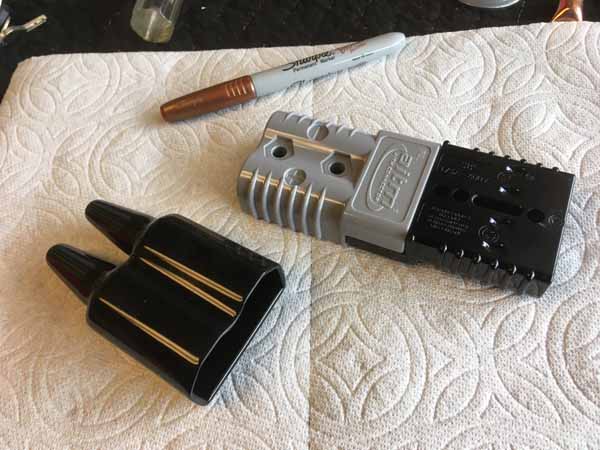IdaSHO
IDACAMPER
I went ahead and bought the SAE bulkhead fitting you posted in #110, #118. Seems well made. The black PVC of the bulkhead fitting is thick and stiff but pliant enough to conform to a slightly curved surface. And with the four screws and a gob of sealant it really shouldn't leak at all, even in your horizontal install. And the cap on the connector is also thick and ought to hold up for a long time. I'd probably orient the cap strap towards the front of the vehicle so the wind forces are working to push the cap shut.
Looks like it needs a large hole though, 13/16"? Easy enough with a step drill.
The disc of the bulkhead fitting is 1-7/8" in diameter.
The depth needed behind it is at least 1-1/4" and that's with putting a sharp 90deg bend on the wiring.
I'm going to go fart around with the coupling on my Sub roof deck, while the rains have stopped, see how things will line up. Be back with a few pics within the hour...
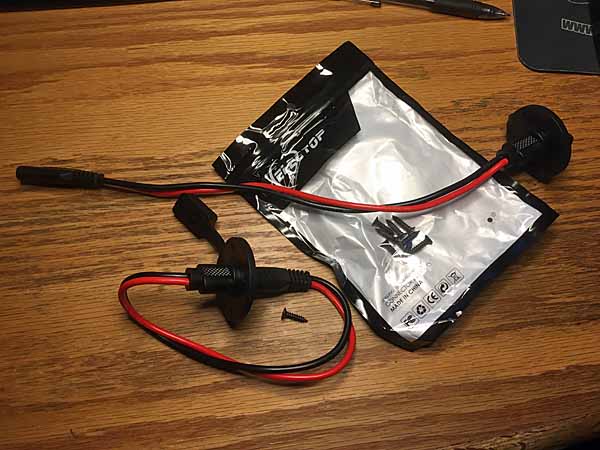
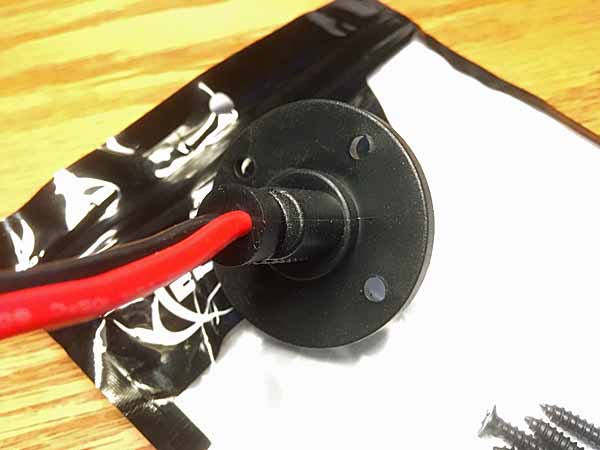
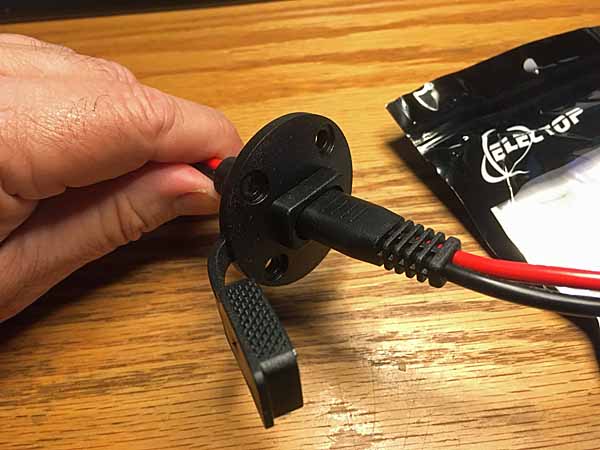
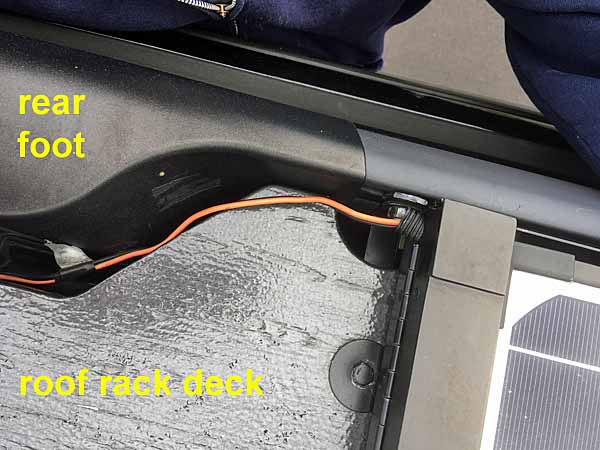
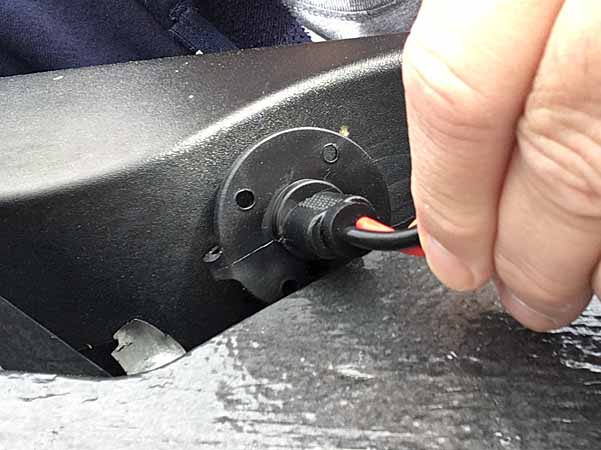
the diameter of the bulkhead fitting will just work, in combination with my Z71 roof rack footing height and the installed height of of my roof deck.
The bulkhead fittings as supplied are about 12" long, about 10.5" of wire between the fittings on both ends. My installation will let me clip the wiring 1-1.5" from the bulkhead and put anderson connectors on it.
The exterior shell of the roof rack footings are just that, a shell. There's a blocky plastic shoe that actually bolts to the roof mounts, which the roof rack rails attached to. I'll be taking out one of the bolts and passing my roof wiring thru the hole and into the ceiling. In 2-3 weeks I'm installing the 1/0 cable extensions for my winch power plugs at both ends of the vehicle and will be pulling out all my storage platform / drawers / power module as part of that. Replacing rear view camera / wiring, running the solar wiring and installing this bulkhead fitting and possibly even taking out my factory subwoofer box and installign some sort of onboard air option and also hard-plumbing it to my bumpers.
It's such a pain in the butt to take it all apart that I want to get as much done as possible while I have it apart.
FYI, I use those exact connectors for my electric camper jacks.
Don't expect the covers to last.... Especially in the cold.
They simply do not hold their shape enough to stay fitted onto the plug.
So Id advise blowing the connector out with air before each use as you cannot depend on the covers to keep junk out.

